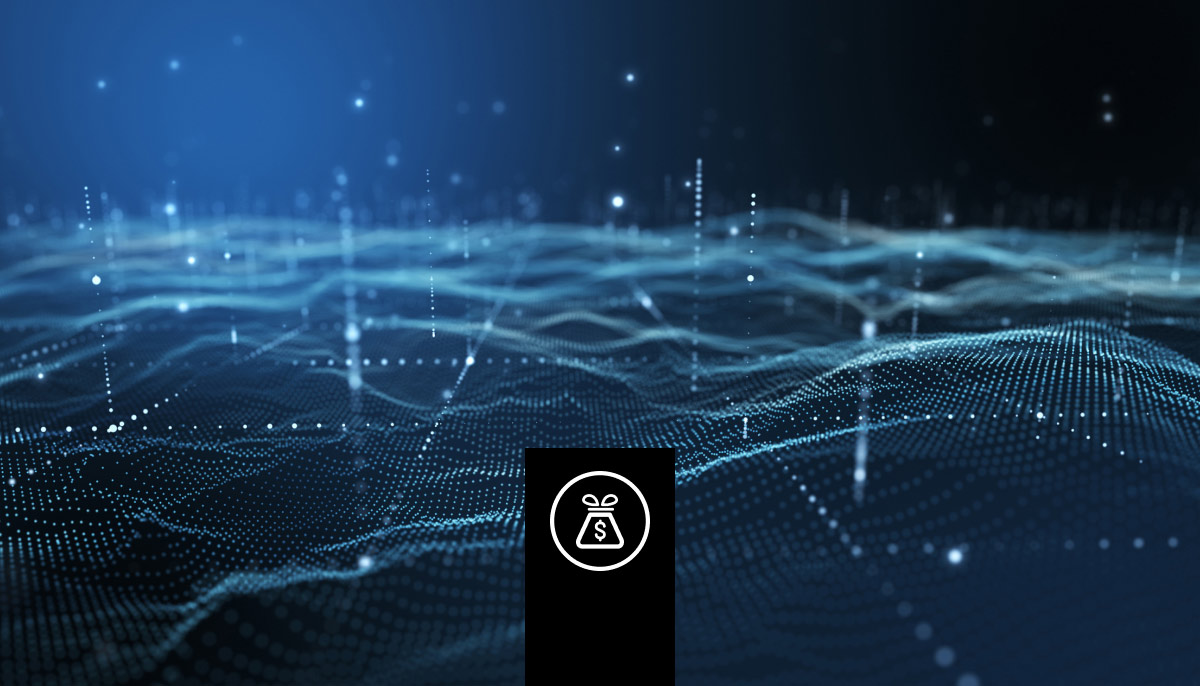The financial services industry is facing unprecedented threats from the proliferation and evolving sophistication of cybersecurity attacks. For example, 55% of financial services organizations were hit by ransomware in 2021, up from 34% in 2020. Many organizations risk increased breach and remediation costs, as well as potential loss of business. Legacy architectures create significant challenges that limit how banks can mobilize security data at scale and build robust analytics capabilities.
In some instances, IT and risk management teams rely on static presentations and spreadsheets to track security metrics monthly or quarterly. This, coupled with evolving business models, new digital channels, and changing industry frameworks, creates challenges for financial services organizations to efficiently manage their risks. With the right tools, companies can better prevent cybersecurity incidents.
Snowflake helps security teams consolidate their risk data and perform risk analytics to combat cybersecurity threats. Snowflake’s security data lake helps eliminate data silos and brings together data onto a single platform, enabling teams to create customized, dynamic dashboards that measure risk and prioritize the alerts teams need to investigate. With Snowflake’s cloud-built, multi-clustered shared data architecture, financial services organizations can efficiently store years of semi-structured log data, and scale compute resources up or down, on a regulated schedule or on the fly, to meet the needs of security teams.
Here’s how one financial services customer is using Snowflake to increase the security of their systems.
CSAA Insurance Group turned to Snowflake to implement a security program underpinned by real data driving strategic prioritization and focus. Snowflake helped CSAA’s IT and risk management team build out a scalable, flexible, and cost-effective single source of truth for security risks. Time-intensive tasks such as gathering evidence for audits and reviews have been replaced by streaming data pipelines that continuously record activity and configuration events. Reports and metrics now provide an up-to-date picture of the environment, and asset details and user records are centralized for a complete 360-degree view.
Discover how your organization can use Snowflake to strengthen risk management and cybersecurity:
- Learn more about the Snowflake Financial Services Data Cloud
- Read our Financial Services Success Guide: 8 Ways Financial Services Organizations Deliver Innovation and Security with the Data Cloud
- Read our blog post: Snowflake’s Newest Workload for the Data Cloud: Cybersecurity
- Watch our video: Snowflake for Cybersecurity
- Read our industry brief: Snowflake’s Financial Services Data Cloud
